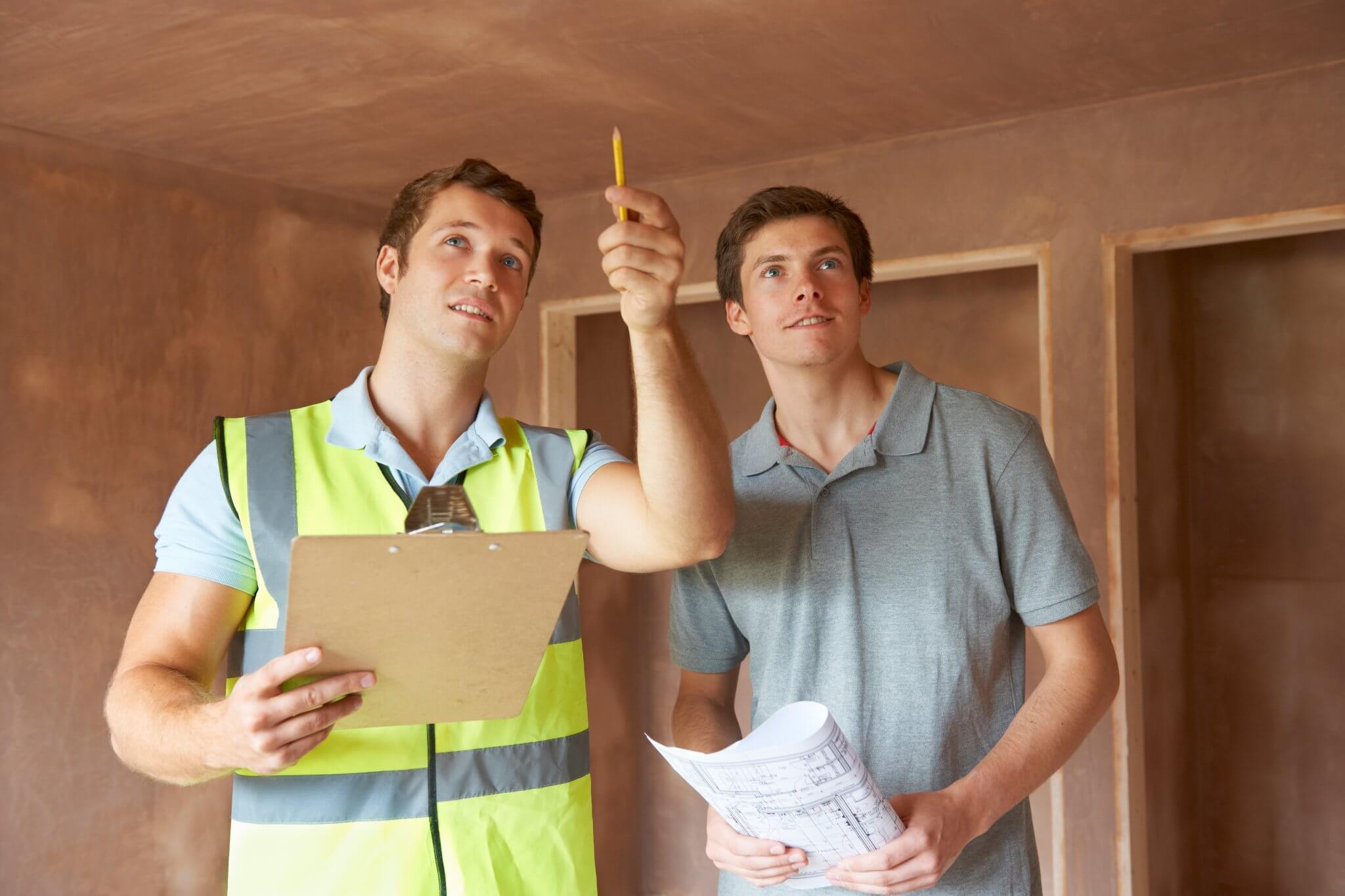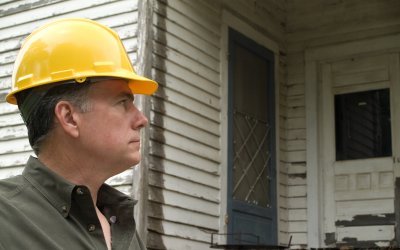We often talk about the benefits of having several beautiful mature trees, a pretty flowerbed with shrubs and a beautiful cedar hedge in the front or back yard. This can also have a positive financial impact on the value of your property.
Not very many people think about the damage that these trees, shrubs and hedges can cause to themselves and family members, their neighbours and their family members, their properties and those of their neighbours and even passers-by. In fact, care must be taken to maintain trees in both winter and summer.
We have therefore decided to prepare this list of the top 5 damages that trees can cause to your property and to those of your neighbours to raise awareness of the issue.
The building inspector and trees
During his inspection, if the building inspector notes mature trees, flower beds, shrubs or any other plant matter representing a potential danger to a building or persons, he will report it in writing in his inspection report and suggest that you take the necessary means to eliminate the hazard in question.
Allo Inspecteur lets you retain the services of an experienced and 360-degree verified building inspector. Contact us to book your inspection now.
Problems and risks caused by trees
During our pre-purchase and preventive inspections, our building inspectors have noted the 5 most frequent problems and risks:
- The roots of mature trees can damage the foundation of your property or that of your neighbours;
- The roots of mature trees can damage the French drain that protects your property against water infiltration;
- In bad weather accompanied by freezing rain or strong winds, mature trees can fall:
- on your house or your neighbour’s house, buildings connected to your house or your neighbour’s house, your cars or your neighbour’s cars, and damage them;
- on you or a family member, your neighbours or a member of their families, passers-by, and injure them;
- on electric wires, damaging them and causing power outages;
- etc.
- Your mature trees, if they are diseased, can contaminate your neighbour’s trees;
- Dead leaves falling from your mature trees accumulate on your neighbour’s property and can cause conflicts and upset them;
Solutions to prevent risks related to trees
Pruning a tree
There are three types of pruning: silvicultural pruning, fruit pruning and ornamental pruning. Here we will only be discussing ornamental pruning which consists mainly of guiding or limiting the development of a tree by cutting, reducing or simply eliminating certain branches. This makes it possible to prevent the branches of the tree from spreading over public roads, neighbouring houses, electrical wires or even other neighbouring trees, causing accidents or damage, and also protecting them from rotting, infestation by insects or the development of certain diseases caused by natural pruning due to lack of light, wind, ice and/or snow accumulation, which often leaves snags or wounds that take time to heal.
Trimming a tree
Often confused with pruning, trimming consists of removing lateral branches (pruning) and sometimes the crown (crowning or topping) of a tree. In the opinion of experts, trimming can have many positive effects on a tree. First, it helps to get rid of dead branches and parasites, and promotes the growth of suckers or foliage, causing the growth of new shoots, thereby rejuvenating the tree and extending its life span. Secondly, following trimming the trimmed tree will no longer have to bear the weight and load of its upper part. Circulation of sap also takes much less energy.
Felling a tree
Felling a tree consists of cutting it at the base so it falls. It allows it to be safely disposed of before it falls under the effect of the elements and does not cause damage or injury.
Stumping a tree
Stumping consists of removing the stumps and roots remaining in the soil after felling a tree. First of all it avoids any risk of falls and any risk that these stumps and roots may remain alive and continue to damage the foundation or French drain which protects your house or your neighbour’s house against water infiltration. And secondly, it lets the ground be prepared for planting a new tree.
Finding a professional to fell or maintain a tree
It’s very important not to improvise a professional pruner or arborist and try to trim, prune or stump your trees by yourself. This is especially true since felling or maintaining a tree requires certain safety standards and technical skills to be applied, for use of certain specialized tools and equipment such as a chainsaw, crane or cherry picker, or a mechanical stump grinder.
To find a professional to fell or maintain a tree, you can find a list of qualified companies on the website of the Société internationale d’arboriculture Québec (SIAQ).
According to the Commission des normes, de l’équité, de la santé et de la sécurité du travail (CNESST), the main risks of an accident related to felling trees are:
- Being hit by the tree while felling it or by a snag when it falls to the ground;
- Being injured by the chain saw when felling, debranching or cutting the trunk.
To minimize these risks as well as other risks to which you expose those who carrying out felling, pruning or stumping of trees, such as the risk of falls, electrification or electrocution caused by an electric arc, the Commission des normes, de l’équité, de la santé et de la sécurité du travail recommends, above all, beginning by identifying potential dangers such as:
- the presence of cavities, dead branches, hanging trees, snags, ground slope, obstacles on the ground;
- factors that influence the direction in which the felled tree will fall, such as its natural inclination, the wind speed and direction, the distribution of the crown’s weight, ice, snow.
Also, it recommends wearing appropriate personal protection equipment: hardhat, goggles or face shield, hearing protectors, gloves, safety boots and safety trousers.
Also note that there are administrative risks, such as being fined by the municipal or other authorities. To carry out felling, trimming, pruning or stumping of a tree, requesting and obtaining a felling permit from the city, or a report or a request for assessment from Hydro Quebec, may be required.
Do you need a building inspector in the Greater Montreal region, the Greater Quebec City region, the Greater Gatineau area or elsewhere in Quebec?
Allo Inspecteur lets you book the best inspector available in your region, for your peace of mind. Contact us by phone or fill in the contact form.
Let us contact you to discuss your inspection. It's free and with no commitment.





0 Comments